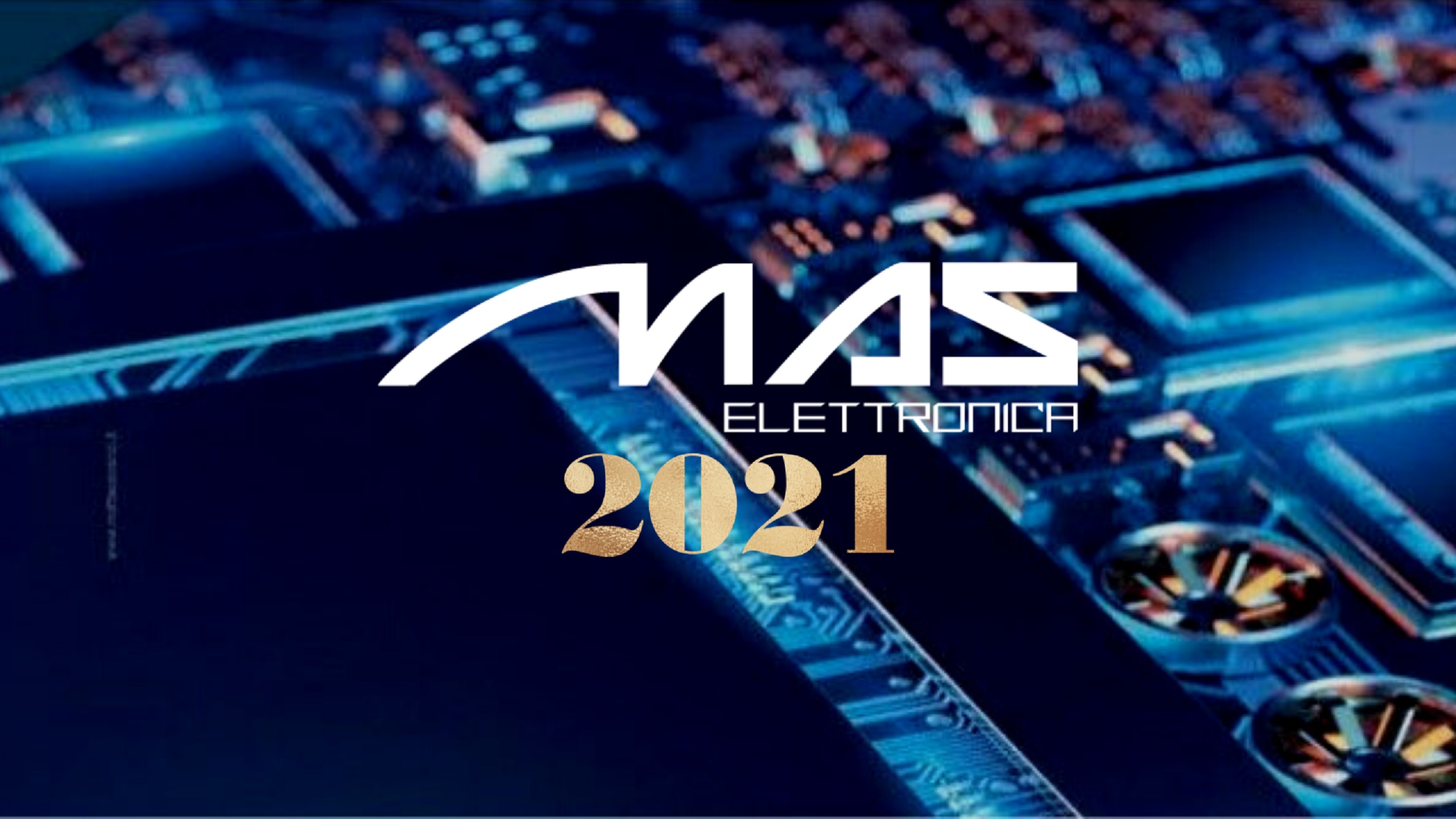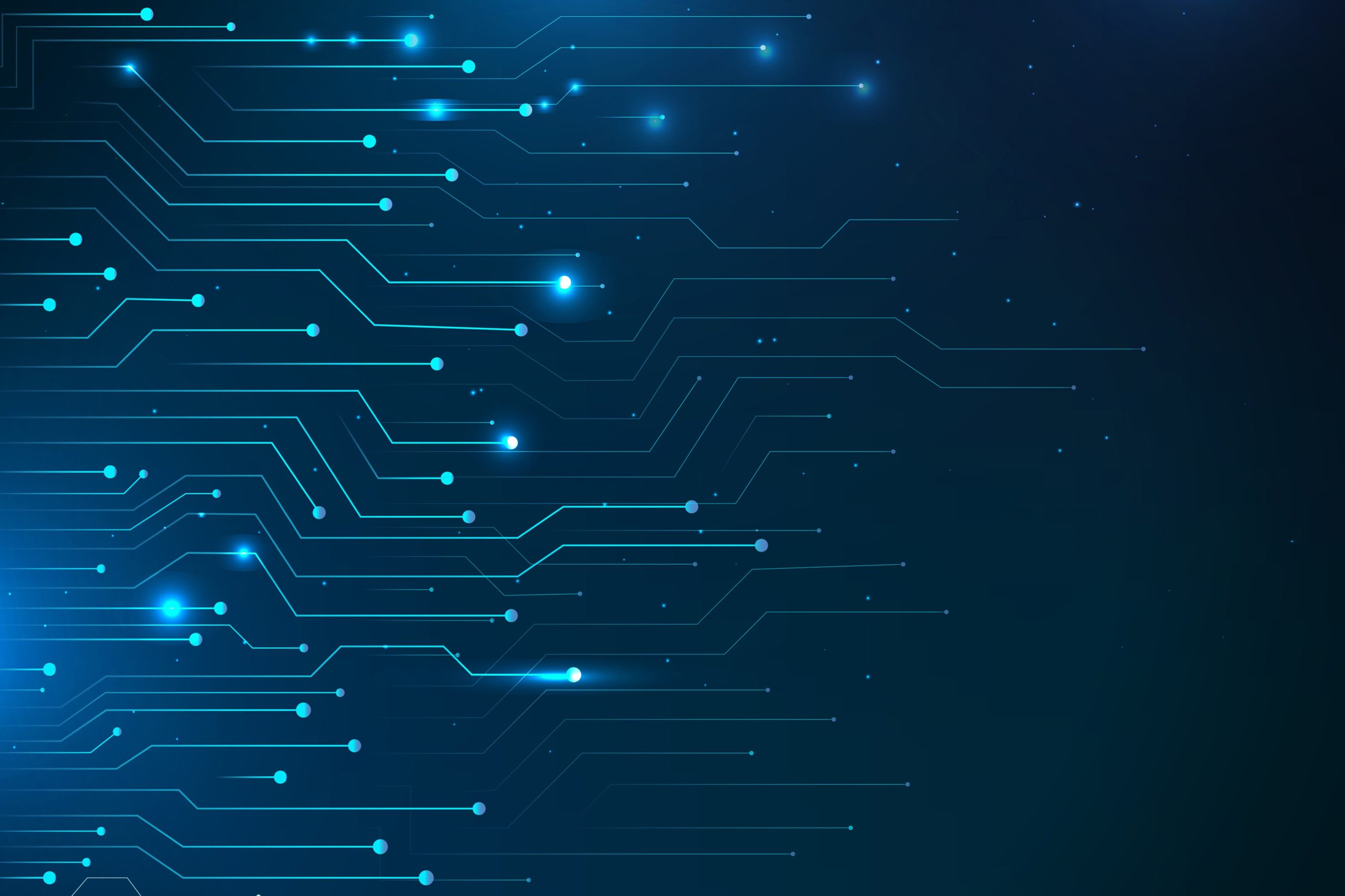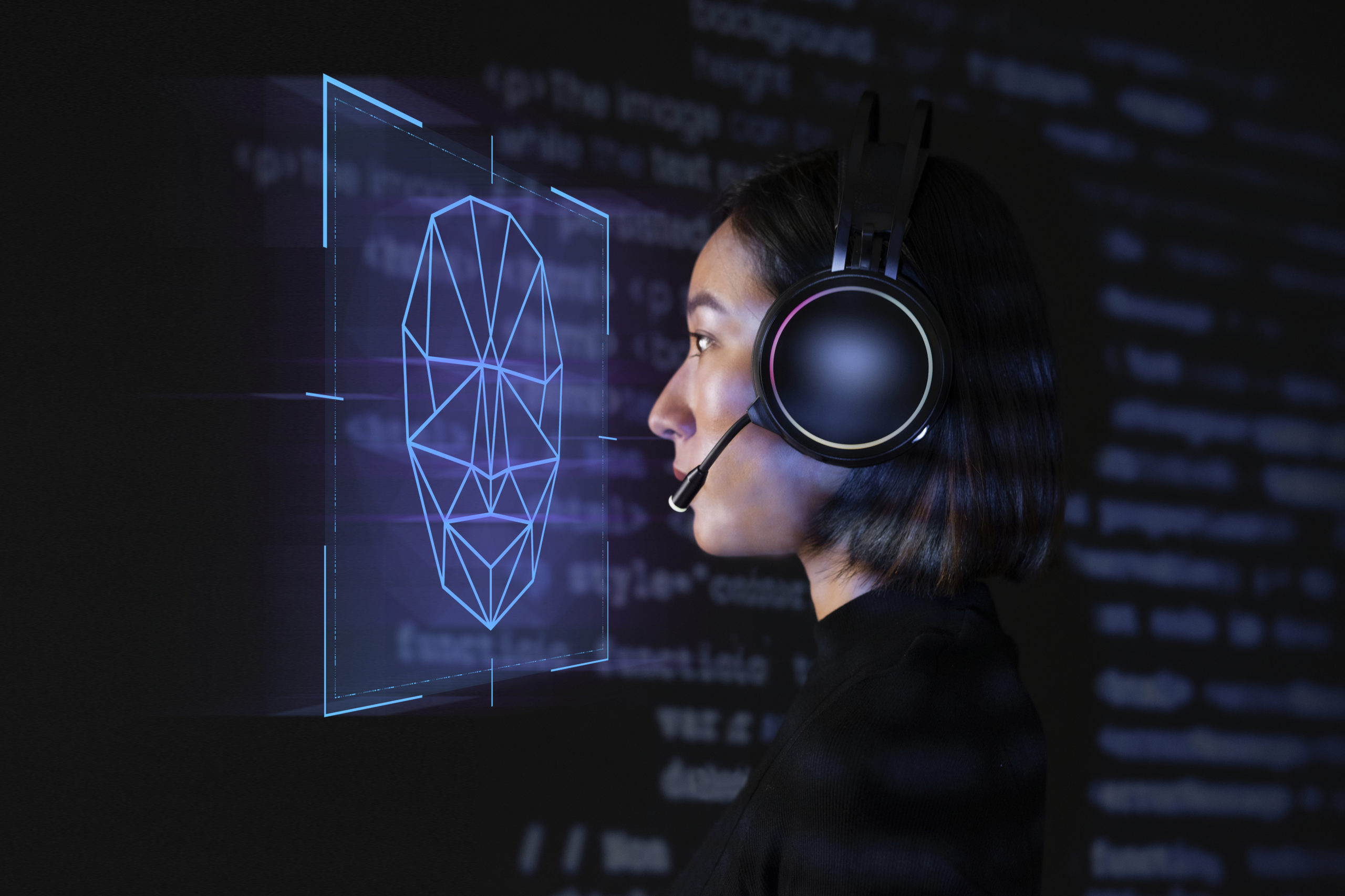2021, numerous successes for MAS: technological solutions, partnerships and events
As 2021 is gone, it’s time to do a wrap-up of the year. It has been an intense year, full of events, partnerships and new technological solutions. We stop just for a brief moment, as we want to revisit what happened in 2021 but we are ready to look forward to continuing in our mission: build a technological and innovative future.
2021 events to show our technological solutions
- July 2021: the first webinar for our clients organized by MAS and KOAN. During the event, “Usage of Linus and Yocto on MAS SBC MINA i.MX8 platform”, Marco Cavallini, CEO of KOAN, and Sandro Mascetti, CEO of MAS, showed step by step how Yocto works. Yocto is an open-source project born in 2010 to help developers to design personalized systems based on Linux.
- December 2021: our LIFCL Evaluation Board was presented during the workshop organized by Arrow Italy and Lattice Semiconductors.
- Ospiti di TTM Technology: Stoccarda Vision (October 2021) and Sicurezza 2021 (Milan, November 2021) with SBC NVIDIA Lightfront, the board designed for J CUBE Inc which have the performance and capabilities needed to run modern AI workloads, making it possible to add advanced AI to any product.
2021: strategic partnership for MAS Elettronica
- Partnership with Schurter Electronics to expand the Embedded market in Italy. It is a collaboration aimed at offering better hardware and software support in a competitive and demanding market. MAS supports the sales and operations areas in the Embedded division of Kevin Schurter Spa.
- Partnership with TTM Technology to develop AI solutions for computer vision. The common objective for MAS and TMM is to realize the best solution on the market, strengthening multimedia applications and integrating computer vision into AI solutions.
- Partnership with First View to distribute MAS products on the US market and to develop new solutions.
- Strategic partnership with LASER NAVIGATION for the NVIDIA solutions with the SophyAI software. The collaboration is aimed at sharing specific knowledge and proposing Made in Italy technological solutions for AI, both hardware and software.
2021: new competencies and technological solutions
2021 has been an important year full of innovations for MAS Elettronica. We have developed numerous technological solutions, offering valuable opportunities to our clients to develop innovative and efficient products.
Among our new products, we would like to highlight:
- MAS LIFCL Evaluation Board: the evaluation board for developers, realized with Arrow Italia and Lattice Semiconductors, to evaluate applications’ performance while programming;
- SBC FRIDA IMX8M: SBC based on the NXP integrated multicore processor i.MX 8M Family: the solution with complete modularity.
- NVIDIA SBC Lightfront® AI for JCUBE Inc: this SBC board hosts the nVidia Jetson NANO and XAVIER SOMs which have the performance and capabilities needed to run modern AI workloads, making it possible to add advanced AI to any product.
- CPU ANITA IMX8M NANO: a general-purpose system on module compliant with SMARC 2.0. Designed to work in Industrial, Automotive and Consumer environments.
- CPU AURORA IMX8M PLUS: a general-purpose SOM designed in SMARC 2.0. format and specialized in AI Main applications are Medical, Industrial, Automotive, Consumer and AI.
- IMX8M e NVIDIA technologies.
Discover our latest solutions
We are always available for any questions or requests.
Proof of Concept: why it is important for your project
Designing and realizing a new and successful product, software or service could be a bet, but we don’t necessarily need to appeal to fortune for an idea to be winning. The most efficient way is to elaborate a Proof of Concept (POC): a theoretical planning exercise to test a product’s feasibility that can include concrete elements like a prototype or a pilot.
The meaning of Proof of Concept
Proof of Concept is a conceptual prototype to evaluate the potential development of a new idea and its investments. It is a simulation of a concept, followed by a real one with testing. To implement a POC it is necessary to draft the project’s objectives and its technical specifications and to create a functional environment where to test the Master Project as it would be real.
There are other terms often used when speaking about POC: prototype, pilot, and MVP (Minimum Viable Product). They are not synonymous with Proof of Concept but steps of the same process. Once the POC has demonstrated the feasibility of the concept, the next steps could be:
- a prototype: a real model of the product;
- a pilot: a product released for a small audience;
- a Minimum Viable Product (MVP): a product with basic features and moderate costs to test the market and receive feedback from clients.
Prototyping, the concrete element of Proof of Concept
Building a prototype is an important step in the development process as the concept becomes real and it is like a tailored suit.
MAS Elettronica offers a rapid prototyping service of boards planned in two or three weeks. The prototype objective is to implement the Proof of Concept and at the same time define the technical requirements to produce the boards. A functioning model can highlight the product potentialities and also allow prompt intervention to solve possible criticalities before the final production.
Among the advantages of prototyping, we can state:
- the reduction of defects or errors,
- the opportunity to improve the product thanks to the prototype testing,
- cost and time optimization,
- saving-investment.
Full Custom Production
If the prototype is tailored-made, also the production is customizable. At MAS, the entire production process is curated by our specialized experts and by our valuable partners: from the Proof of Concept to prototyping, from board testing (ICT and functional) to the production and the quality control and packaging.
Once the POC is done, we study the ideal product to realize the client project. We realize a prototype in a short period to rapidly test functionalities and efficacy, we analyze the results and we promptly take actions to improve the quality of the product.
Personalized testing
Every project is unique, every client is unique: for this reason, testings are personalized to guarantee the best results. Boards are tested in every component to ensure full operation and technical compliance. The functional tests are carried out through systems of tests provided by the clients or through our proprietary and innovative testing platform, MAS Mastester, developed by the Test Engineering Team of MAS Elettronica. The planning of the test fixture is realized inside MAS.
Are you interested in our customizable services?
IoT applications and AI systems: the new frontier for environmental sustainability
Today more than ever environmental sustainability is a crucial topic in international debates. To pursue the ambitious goals for a sustainable future it is fundamental to implement new technologies, like the Internet of Things (IoT) and Artificial Intelligence (AI). IoT applications and AI devices can help man to improve life quality and the environment where he lives.
IoT, applications for renewable energies
With the rapid growth of renewable energies, the energy sector has become more dynamic. It transformed consumers into producers and created a capillary distribution network. These factors led to important changes to network management with more inspections and monitoring activities to evaluate supply availability. IoT devices can support companies in this transition by collecting real-time data with intelligent sensors. This analytic approach makes consumers more conscious and stimulates them to act responsibly.
Renewable energies production often relies on weather conditions. If we think about a solar or wind power plant, the weather is an unpredictable factor that man cannot control. IoT systems can monitor plants, organize and distribute energy if the green energy is not sufficient and they can predict the plant functioning.
IoT applications to fight environmental pollution
IoT applications are fundamental to monitoring air quality and environmental pollution. Thanks to AI sensors, it is possible to promptly detect problems, like a gas leak, send alerts and take immediate action. IoT integrated systems collect data in real-time and upload them in a cloud service to be remotely analyzed from anywhere. Using the most advanced Machine Learning technologies, it is possible to train the algorithm to analyze selected types of data, like PM10 levels, and detect anomalies in recurrent patterns.
To reduce atmospheric pollution, it is fundamental to intervene in automotive technologies and viability. In the first case, new technologies allow cars to be more efficient. Regarding road viability, traffic lights, using Computer Vision technology, can improve traffic flows and reduce queues.
Drones are suitable devices for monitoring environmental pollution, especially in impervious areas or when is required prolonged observation. They can send high-quality images and videos in real-time, monitor vegetation state of health by measuring photosynthesis activity, detect air pollution or produce 3D images to analyze hydrogeological risks.
We need to mention also light pollution, which is maybe less apparent, but it can reach high levels in big cities. Using AI sensors, that activate lights when needed, it is possible to manage efficiently public and private illumination, avoiding unnecessary energy consumption.
IoT and AI systems to monitor water quality
Beyond green energy and environmental pollution, IoT and AI technologies can help to improve water quality. In the Baltic Sea, for example, they are using AI devices to analyze leakages of dangerous substances from chemical weapons that are on the seabed, threatening flora and fauna. In Holland, they have designed an AI robot that can pick up cigarette butts on the beaches.
By using AI and IoT sensors, it is also possible to monitor oceans' seawater and their populations and discover illegal acts, like spillage of toxic industrial liquids or intensive fishings in some areas. IoT applications - monitoring parameters like temperature, pH, dissolved oxygen, or conductivity - allow conducting efficient analysis for more sustainable aquaculture.
Internet of Things and Artificial Intelligence to safeguard the environment
Internet of Things and Artificial Intelligence devices are important allies to safeguard the environment and reduce pollution. MAS Elettronica develops Hardware for IoT and AI systems to be used for environmental sustainability.
Our solution for AI and IoT applications is SBC FRIDA IMX8M plus.
For more information on our products, services, and technology partners:
Computer Vision systems, applications in Industry 4.0
The evolution of Computer Vision, a fast-growing branch of Artificial Intelligence, is an important part of automation processes for Industry 4.0. Although the human visual apparatus is complex to replicate, Computer Vision is making important progress and it can perfectly integrate into industrial processes, improving quality, efficiency and safety.
Computer Vision: What it is
Before deep-diving into the applications of Computer Vision systems in the industry, we must define what Computer Vision is.
Computer Vision is an area of Artificial Intelligence (AI), studying systems and devices that can capture images, videos, or other visual inputs and obtain valuable information to take further actions. It’s not only a matter of capturing an image as a simple photo or video device, but it aims at reproducing the human capacity to discriminate, elaborate, and make evaluations from an object, scene, or experience.
Computer Vision systems have to be trained with a wide dataset of images to make the algorithm efficient and intelligent. Thanks to the most advanced technologies of Machine Learning, it’s possible to educate a Computer Vision system and obtain results comparable to the human ones and in some cases even more accurate.
What can be done with a Computer Vision system?
There are several applications for Computer Vision systems in automation for Industry 4.0. With Computer Vision, it’s possible to:
- measure products’ quantities precisely and fastly;
- reduce costs and timelines;
- avoid human contact in particular processing to eliminate contamination risks;
- guarantee better safety standards to employees.
A Computer Vision control is not subjective. As a result, it can annul the error margin that inevitably can occur to a worker.
There are several benefits of using Computer Vision systems in industry: better quality control, more efficient production, continuous process monitoring, and labor cost reduction.
A Computer Vision algorithm can perform different tasks depending on the captured image and on the requested output. Among the possible tasks, we can cite:
- Recognition, like:
- Object Classification: to classify objects;
- Identification: to recognize a specific part of an image like a face (face recognition);
- Detection: the algorithm scans the image to detect a certain condition in the image, like possible abnormal cells in medical images.
- Motion Analysis, to analyze or estimate the movement and speed of an object;
- Scene Reconstruction, using images or videos it is possible to build 3D models of an object or scene.
Computer Vision is fastly growing in the industrial world because it offers integrable solutions in the production lines. A Computer Vision system can perform several operations like monitoring products, analyzing possible defects, performing predictive maintenance to avoid malfunctions and interruptions, and improving safety on production sites.
Face Recognition Systems
MAS Elettronica has developed industrial hardware for Face Recognition and Computer Vision. To satisfy these market needs we have signed important partnerships with companies specializing in applications like Laser Navigation and their software SophyAI and with companies specializing in components like Lattice semiconductor, Arrow Electronics.
Our solutions for Computer Vision are:
- SBC NVIDIA Lightfront developed for JCube Inc;
- SBC FRIDA IMX8M plus.
For more information on our products, services and technology partners:






